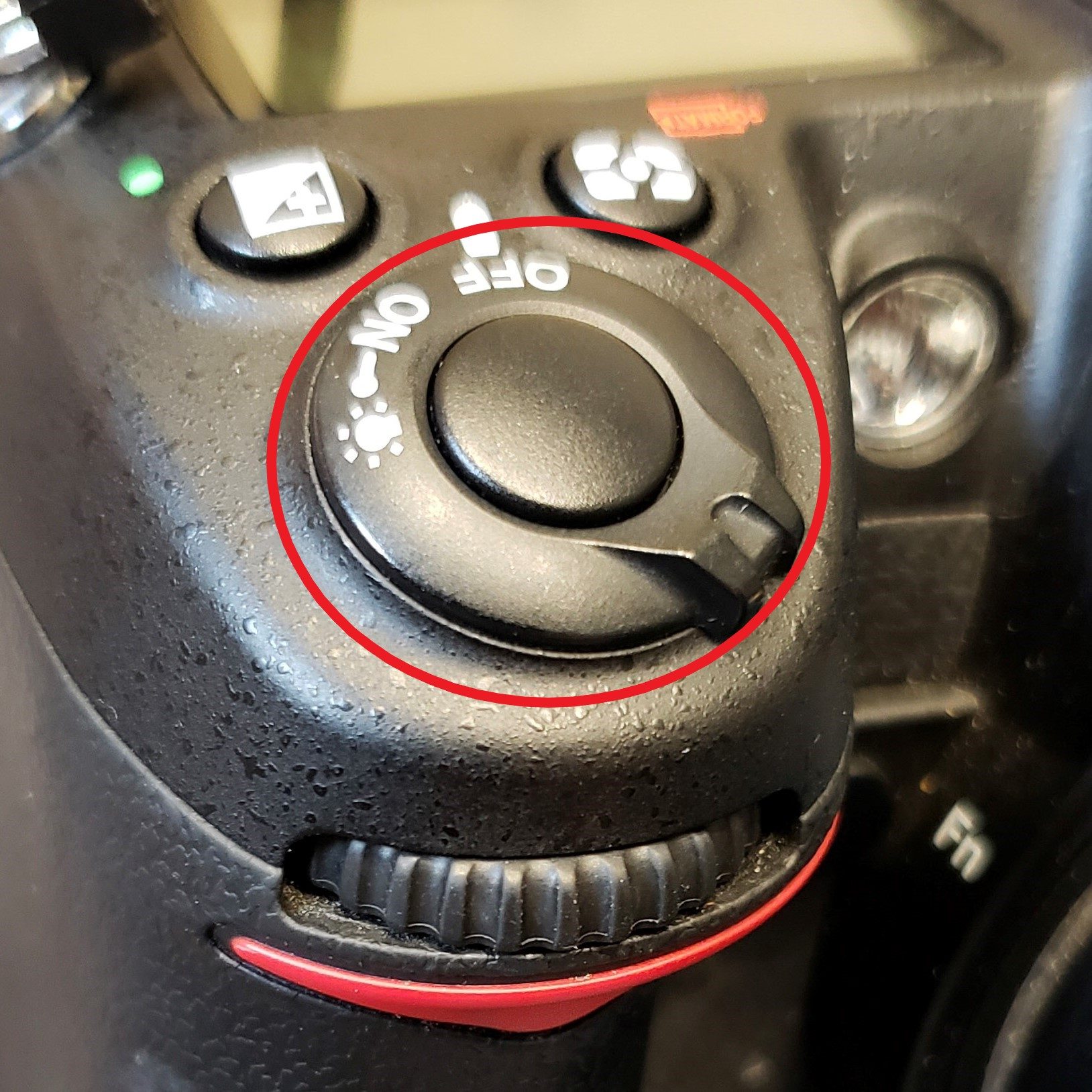Aperture Basics - Part 1
Summary

- Aperture is the size of the hole that the shutter makes which allows light to reach the image sensor on the camera.
- Aperture is denoted as f-stop or f-number usually written as "f 8" or "f/8".
- There are 3 areas where the current aperture setting can be found: control panel on top of your camera, on the LCD display when in live view and near the bottom of the viewfinder.
- The aperture can be changed when the camera is in manual mode or aperture priority mode with the front command wheel.
- Check out Aperture Basics - Part 2 for the impacts that aperture can have on an image and how to use it to your advantage.
What is aperture and what does it do?
Aperture is one of the 3 main setting that photographers change when taking a photograph. Aperture, along with the other two setting (shutter speed and ISO), are often referred to as the "exposure triangle". This article aims to provide an easy to understand explanation of aperture and how it impacts various aspects of photography. For more in-depth articles about the various technical impacts that aperture can have check out Aperture Basics - Part 2 and Aperture - Advanced Concepts.
Aperture, simply put, is the size of the opening of the shutter. As an example, lets look at the picture of a lens to the right. In the very center of the lens is a hole (looks kinda like an octagon). This hole is the aperture which is made by the surrounding shutter.
Aperture is denoted by something called "f-number" or "f-stop". When verbally mentioning your aperture setting, most photographers simply say "f 8" to denote the aperture f/8. This number is displayed on your camera in multiple locations, as shown by the three pictures below. The f-stop can be anywhere from f/1.2 to f/22 depending on your camera and lens.

Photos: The aperture is circled in each of the below photos. These photos represents all of the places and modes where aperture displayed.



This is found on the top of your camera and displays all relevant information no matter which camera mode is selected.
This is found on the camera's LCD screen and displays this information when in "Live View".
This is the information presented when looking through the viewfinder during normal camera operation.

This is found on the top of your camera and displays all relevant information no matter which camera mode is selected.

This is found on the camera's LCD screen and displays this information when in "Live View".

This is the information presented when looking through the viewfinder during normal camera operation.
How to Changing the Aperture
Aperture can either be selected by the user (manual mode), the camera (auto mode), or a mix of both (priority modes).
- Auto mode: The camera has full control and selects the aperture, shutter speed and ISO based on the camera's sensors and algorithms.
- Manual mode: The user has full control and selects all three settings. The camera will take the image even if everything is over/under exposed.
- Priority modes: The user selects which setting has priority, say aperture, which is manually selected and the camera calculates all other settings.
Once the aperture is selected, it is time to activated it by pressing the shutter release button.
Shutter Release Button

The shutter release button, or the button you press to take a photo (circled above), has two main purposes:
- The first is activated when the shutter release button is depressed halfway. This is when the camera will auto focus and let you know if the image exposure needs to be corrected.
- The second is activated when the shutter release button is fully pressed. This tells the camera to expose the image by opening the shutter to the selected aperture size for the selected time period allowing the camera (more precisely the image sensor) to capture the scene / light (and picture taken).
So how do I actually change the aperture on my camera?
The aperture on most cameras are changed with one of the "Command Wheels". Cameras generally have two command wheels, front and back as shown below.


On the camera that I currently use, and I assume it is the same for most cameras, the front command wheel changes the aperture and the back command wheel changes the shutter speed. In the GIF below, you can see the aperture change as the command wheel is moved.